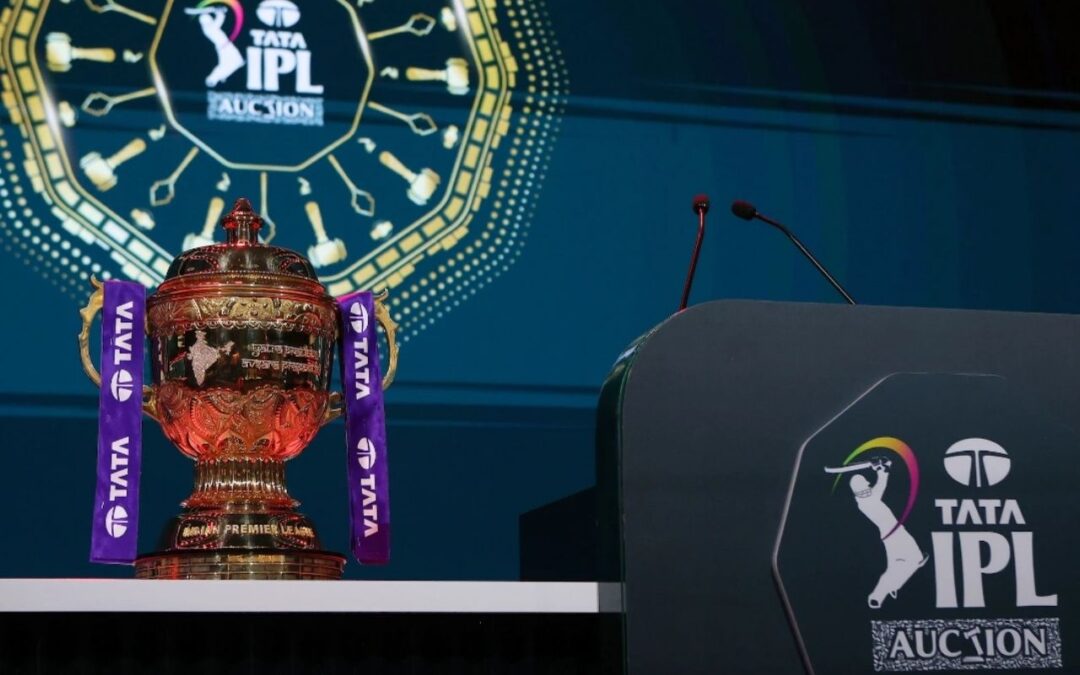The Indian Premier League (IPL), India’s top T20 cricket tournament, has completely changed the game and the way money works in cricket. Since its start in 2008, many big trade and transfer deals have made headlines, with famous players moving to new teams for huge amounts of money. These deals show how rich, competitive, and strategic the league has become over the years.
Understanding IPL Trade and Transfer Deals
In the IPL, a trade or transfer means a player moves from one team to another without going through the auction. These moves can happen in different ways:
- A cash payment between teams.
- A swap of players.
- A combination of both.
Such trades usually happen before the auction window and allow teams to balance their squads, free up budgets, or bring in specific talent.
List of the Biggest IPL Trade Deals
| Year | Player | From → To | Details |
|---|---|---|---|
| 2009 | Zaheer Khan | RCB → MI | It was a swap deal with Robin Uthappa |
| 2009 | Ashish Nehra | DD → MI | It was a swap deal with Shikhar Dhawan |
| 2012 | Dinesh Karthik | KXIP → MI | Sum not revealed, was a swap deal with R Sathish |
| 2012 | Pragyan Ojha | Chargers → MI | Sum not revealed |
| 2012 | Kevin Pietersen | Chargers → DD | – |
| 2013 | Ashish Nehra | PWI → DD | It was a swap deal with Ross Taylor |
| 2015 | Parthiv Patel | RCB → MI | It was a swap deal with Manvinder Bisla |
| 2016 | KL Rahul | SRH → RCB | – |
| 2019 | Quinton de Kock | RCB → MI | ₹2.8 crore |
| 2019 | Marcus Stoinis | KXIP → RCB | ₹6.2 crore, swap deal with Mandeep Singh |
| 2019 | Shikhar Dhawan | SRH → Capitals | ₹5.2 crore, swap deal with Abhishek Sharma, Shahbaz Nadeem, Vijay Shankar |
| 2020 | R Ashwin | KXIP → Capitals | ₹7.6 crore, swap deal with J Suchith |
| 2020 | Trent Boult | Capitals → MI | Sum not revealed |
| 2020 | Ajinkya Rahane | RR → Capitals | ₹5.25 crore |
| 2021 | Harshal Patel | Capitals → RCB | – |
| 2022 | Lockie Ferguson | GT → KKR | ₹10 crore |
| 2022 | Shardul Thakur | Capitals → KKR | ₹10.75 crore |
| 2024 | Avesh Khan | LSG → RR | ₹10 crore |
| 2024 | Hardik Pandya | GT → MI | ₹15 crore |
| 2024 | Cameron Green | MI → RCB | ₹17.5 crore |
Also read: IPL 2026: Who Will Chennai Super Kings Retain Ahead of Upcoming Mini-Auction?
Why These Deals Matter
Financial Benchmark: The ₹17.5 crore trade for Cameron Green set a new record in IPL history, showing how teams are willing to pay auction-level prices for direct trades.
Strategic Decisions: Trades help franchises fix team imbalances. For example, RCB’s need for a power-hitting all-rounder led to Green’s acquisition, while MI wanted leadership stability by bringing back Hardik Pandya.
Rising Market Value: Over the years, trade deals have become as crucial as auctions, showing that IPL teams now operate like global football clubs, with big financial moves and strategic swaps.
Fan and Brand Impact: Such blockbuster moves create buzz beyond the field, driving social media trends, merchandise sales, and fan engagement.
Evolution of Trade Market in IPL
Early Years (2009-2015): Trades were rare and usually low-cost, mostly involving uncapped players or simple player swaps.
Middle Phase (2016-2020): Some big names like Ajinkya Rahane and Quinton de Kock started changing teams, but the deals were still moderate in value.
Modern Era (2021-2025): With franchise budgets and player values rising fast, trade deals have now crossed ₹10 crore and more.
This change shows that IPL teams now handle player management like a full-time business, similar to how top football clubs operate around the world.
Conclusion
From Cameron Green’s record ₹17.5 crore transfer to Hardik Pandya’s emotional comeback to Mumbai Indians, IPL trade history is full of big and dramatic moments. These moves are not just about cricket, they show how the league has grown into a global sports giant where money, player value, and fan interest all come together.
As the IPL grows, trade windows are likely to see even more blockbuster deals, redefining how teams are built and stars are valued.
Written by Kinjal Walantra

